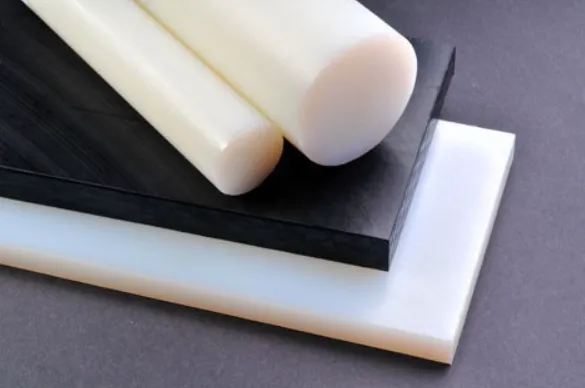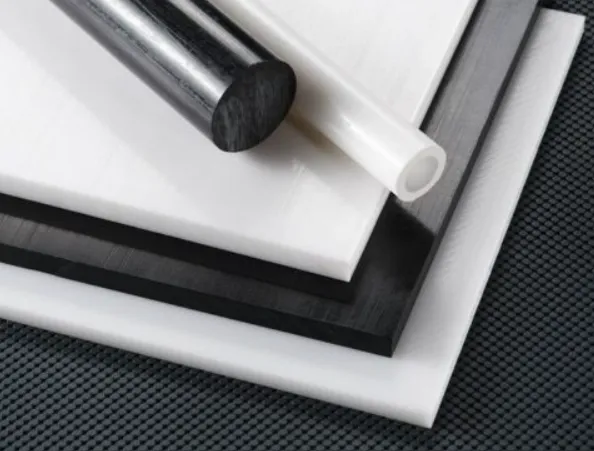Acetal and Delrin are both engineering plastics known for their impressive mechanical properties; however, they differ significantly in performance and applications. Acetal, also known as polyoxymethylene (POM), is a thermoplastic that offers high strength, stiffness, and excellent dimensional stability. Its low friction coefficient makes it ideal for applications where parts slide against each other, such as gears, bearings, and guides. Acetal is also known for its excellent chemical resistance, allowing it to perform well in a variety of environments, though it shows less resistance to strong acids and bases.
 On the other hand, Delrin, a registered trademark of DuPont, is a specific type of acetal that is widely recognized for its superior toughness and fatigue resistance. One of the significant advantages of Delrin over standard acetal is its enhanced performance in high-load and high-wear environments, making it suitable for more demanding applications. For instance, Delrin is often used in the automotive industry for components such as fuel system parts, as well as in consumer products like kitchen utensils and door handles.
On the other hand, Delrin, a registered trademark of DuPont, is a specific type of acetal that is widely recognized for its superior toughness and fatigue resistance. One of the significant advantages of Delrin over standard acetal is its enhanced performance in high-load and high-wear environments, making it suitable for more demanding applications. For instance, Delrin is often used in the automotive industry for components such as fuel system parts, as well as in consumer products like kitchen utensils and door handles.
| Feature | Acetal | Delrin |
|---|---|---|
| Material Type | Polyoxymethylene (POM) | A type of acetal |
| Strength | High strength | Superior toughness |
| Dimensional Stability | Excellent | Excellent |
| Friction Coefficient | Low | Low |
| Wear Resistance | Good | Excellent |
| Chemical Resistance | Moderate | Good |
| Thermal Stability | Moderate | Higher than standard acetal |
| Moisture Absorption | Higher | Lower |
| Machinability | Good | Excellent |
| Typical Applications | Gears, bearings, guides | Automotive parts, electrical insulators, consumer products |
| Cost | Less expensive | More expensive |
In terms of thermal properties, while both acetal and Delrin perform well with a relatively high melting point, Delrin has a slightly higher thermal stability, allowing it to maintain its mechanical properties at elevated temperatures. Additionally, Delrin exhibits excellent machinability, allowing for precise and complex part designs.
When evaluating the two materials, it’s essential to consider their differences in moisture absorption. Standard acetal has a higher moisture absorption rate, which can lead to dimensional changes in humid environments. Delrin, on the other hand, has lower moisture absorption, making it a more stable choice for applications where environmental conditions can fluctuate.

In terms of cost, standard acetal is typically less expensive than Delrin, making it a cost-effective choice for less demanding applications. However, the choice between the two ultimately depends on the specific requirements of the project. While standard acetal is suitable for general-purpose use, Delrin stands out in high-performance applications that require enhanced durability and strength. Users must carefully consider factors such as load capacities, environmental conditions, and budget constraints when selecting between acetal and Delrin for their projects, ensuring the optimal balance of performance and cost-effectiveness. The decision should also factor in the desired longevity of the components, as investing in Delrin for critical applications can lead to reduced maintenance and replacement costs over time.




